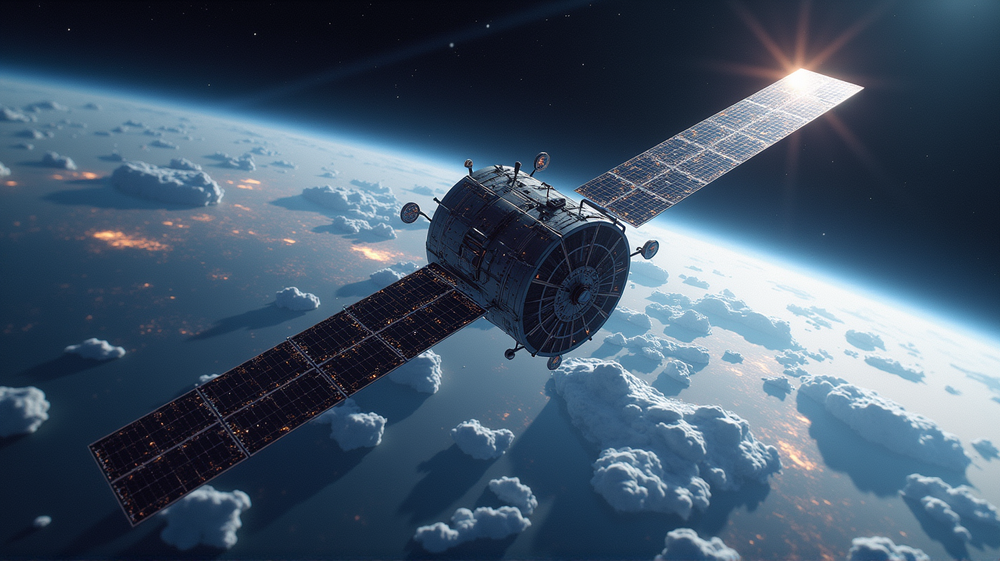As the sun peeked over Cape Canaveral on a momentous Wednesday, a collaborative stride in space technology took off with the launch of the NISAR satellite by NASA and the Indian Space Research Organization (ISRO). This joint venture promises to enhance our understanding of the subtle yet impactful changes occurring on our planet’s surface.
A Marvel of Engineering
Considered a jewel among polar-orbiting satellites, NISAR is poised to make a significant impact. With an impressive price tag of $1.3 billion, it will provide crucial insights to forecasters and emergency responders, helping them mitigate disasters such as floods, landslides, and even volcanic eruptions. Its dual radars, crafted by the U.S. and India, grant this satellite unparalleled capabilities as they slice through clouds and foliage with ease, producing data of unprecedented clarity.
Unveiling Earth’s Secrets
From its orbit 464 miles above Earth, the satellite will meticulously survey the planet, using its radars to detect alterations as minuscule as 1 centimeter. This precision ensures that scientists can monitor melting glaciers, shifting groundwater resources, and other vital environmental parameters with extraordinary accuracy. According to Squamish Chief, this level of detail is unprecedented, promising a leap forward in environmental science.
A Truly Global Effort
The launching of NISAR signifies not only a major technological breakthrough but also exemplifies international cooperation at its best. NASA and ISRO’s partnership emphasizes the power of global collaboration in addressing challenges faced by the Earth. NASA is backing this endeavor with a robust $1.2 billion, providing crucial components like the low-frequency radar, while ISRO takes charge of the satellite’s launch and additional instrumentation.
A Step Toward Environmental Preservation
Amidst fluctuating environmental conditions, NISAR will gather essential data to shed light on the causes and consequences of changes across diverse ecosystems. From icy wildernesses to lush rainforests, the satellite will capture a vivid portrait of the Earth’s health. This mission highlights the crucial balance needed for planetary preservation and sustainable development, potentially paving the way for future initiatives in science and technology.
An Eye on the Horizon
As NISAR gracefully settles into its orbit, anticipation brews among scientists and environmentalists eager to decode its findings. Expected to begin its observations by the end of October, this mission promises to deliver insights for years to come, reinforcing the need for more collaborative efforts in space exploration.
The NISAR satellite heralds a new era of Earth observation, offering hope for understanding and combating the dynamic changes our world faces. With such monumental achievements, one can’t help but wonder what further advancements lie ahead in this exciting voyage of discovery.












